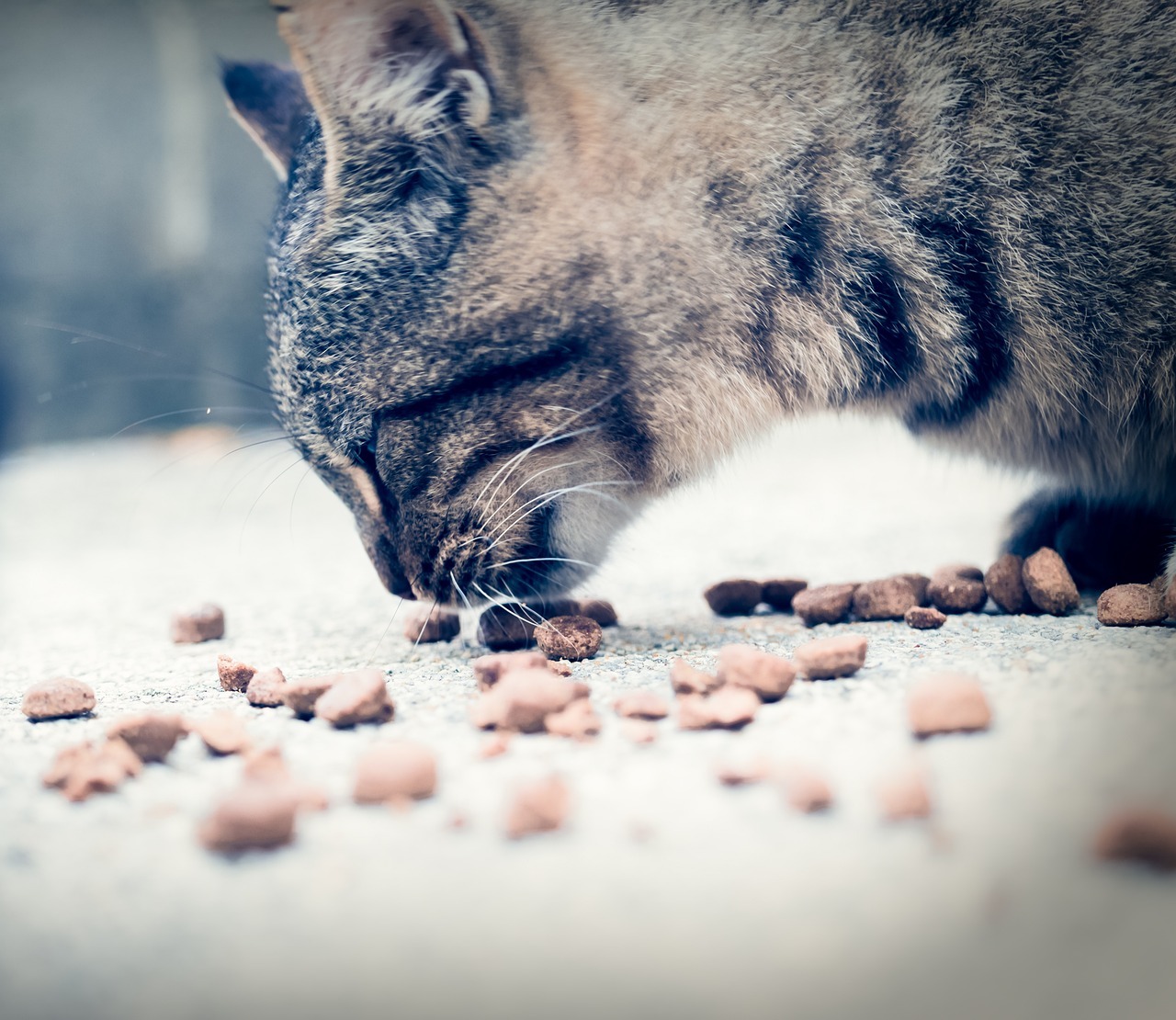Having a pet gives you one of the best feelings. Choosing a cat as your most preferred pet puts several responsibilities in your hand, one of the most important ones being feeding. The saying “you are what you eat” is also applicable in this case as the choice of Cat Food can affect the health of the cat. If this is your first attempt at caring for a cat, then you do not have to worry much as your furry friend will have such a great time if you follow the advice we offer in this article.
Choosing Your Cat Food
Similar to choosing your food, first, you want to understand what are the basic nutritional needs of your cat. Understanding this allows you to choose the best food which offers all or most of the requirement thus contributing to the health and wellness of your cat.
Your cat’s basic nutritional needs include;
- Protein which can be sourced from meat, poultry, fish or other animal protein.
- An essential amino acid, Taurine
- Vitamins, minerals, enzymes, and fatty acids
A common misconception which is rife among cat owners is that their cats need carbohydrates more than any other class of food. This is essentially not true although, you may choose to incorporate corn, wheat, and rice as fillers in the cat’s food. Most common commercial cat food make use of carbohydrate food sources as fillers in addition to other ingredients like coloring, flavoring, binders, and others.
Should I Choose Canned Food Or Kibble?
As part of your search for the best cat food for your pet, you want to be sure that you have made the right decision for your companion and this would most likely bring you to a crossroads, having to choose between canned food and kibble.
Many veterinarians and nutritionists agree that cats should be offered a variety of food to keep them interested and healthy. Your cat can be exposed to both dry and canned food. Some of the reasons why you should choose to alternate between canned and dry food include:
- Dry food is convenient and can be left for free feeding
- Canned food contains water thus helping the cat balance its need for water as an essential part of food.
- Alternating between both options can help your cat get adequate minerals and vitamins needed to support growth and other bodily functions.
- Feeding your cat a certain kind of food monotonously, whether dried food or canned food can lead to disinterest in feeding. Instead, spicing things up by alternating between dry and canned food can help pique their interest in eating. Also, you get to study your pet to understand which foods are most preferred.
- Alternating canned and wet food can help you limit the chances of allergies to certain ingredients contained in any one type of food.
- Alternating between cat food can help you to prevent food addictions.
What You Should Know About Cat Food
When choosing cat food for your pet, there are certain things you need to keep in mind. Some of the most important things are:
Never Compromise On Quality
First-time cat owners may, in an attempt to cut cost, choose cheaper brands to meet the nutritional needs of their cats. While the effects may not readily be noticed, cheaper brands are a false economy. Recent studies reveal that cats will consume as much food to meet their daily nutritional requirement which means that cheaper brands with less nutrient content will induce your cat to eat more thus causing you to purchase more of the cheaper food. This may also leave your cat obese as it has to consume more food to meet its nutritional demands. Be sure to look at Tiki Cat Food as a great option.
To help you steer clear of substandard and low-quality cat food, below are some of the important information to look out for on the label.
- Named ingredients including named protein source which can be chicken, turkey, fish, lamb, or beef. Stay away from labels that read general languages like “meat”.
- The protein source should be the first ingredient listed on canned food, if not, discard.
- Check for compliance with AAFCO’s requirement for “Complete and Balanced” ration.
- Check the expiration date on the cat food to ascertain freshness.
What to avoid when selecting your cat food
- Avoid cat food that lists cornmeal as a filler ingredient
- Avoid cat food that contains excess carbohydrate fillers. Dry food can contain as much as 50 percent grain.
- Avoid cat food that contains chemical preservatives like BHA, ethoxyquin, BHT, propyl gallate and others.
- Avoid cat food with words like “meat and bone meal”, “by-product”, “animal digest”, added sugars and other bogus claims.

